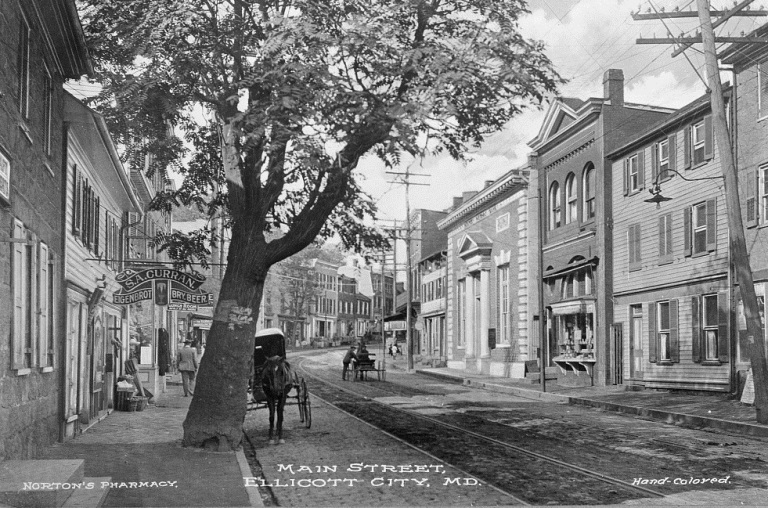When, a week ago today, I last visited Ellicott City, I found a community full of hope and potential. Just two years shy of the devastating 2016 flood, Main Street bustled with activity and new life. Just a few short days later, that new reality was shattered by a ferocious wall of water.
In the span of less than 24 months, Ellicott City has endured two “1,000 year” floods. In 2016, the preservation community rallied around the community to rebuild and, in the process, spent millions of dollars and thousands of hours working to put the pieces back together. By early 2018, nearly 96% of the historic downtown storefronts were back in business – a stunning testament to the success of the recovery effort.
Now, the people of Ellicott City are confronted once more with the unenviable task of rebuilding.
The unfortunate reality is that simply putting Ellicott City’s buildings back together will not make the community stronger. As satisfying as it may be to see a new coat of paint or repointed brick walls – we must be careful not to confuse recovery with resilience.
The flooding of Ellicott City is a vivid and undeniable reminder that the preservation of historic places is inextricably linked to far broader and more complex issues than the historic preservation community has traditionally focused its attention. We must now recognize that:
- We cannot save Historic Ellicott City if we are not part of the conversation about watershed overdevelopment and encouraging smart growth.
- We cannot save Historic Ellicott City if we are not part of the conversation about stormwater mitigation and advocating for the increased funding necessary to make it happen.
- We cannot save Historic Ellicott City – or any other historic place at the water’s edge – if we are not engaged in the broader effort to instill a sense of urgency for climate resiliency and action.
These are not the conversations the preservation community is accustomed to having, but, if we are serious about saving historic places like Ellicott City, these are the conversations we must have.
We can no longer sit on the sidelines of these debates – because smart growth is preservation and preservation is smart growth. We must think beyond the historic district because water and the forces of nature do not abide by arbitrary lines.
If the recent flood in Ellicott City has taught us anything, it is that we must embrace a broader agenda and think beyond recovery alone. The future of our history depends on it.

